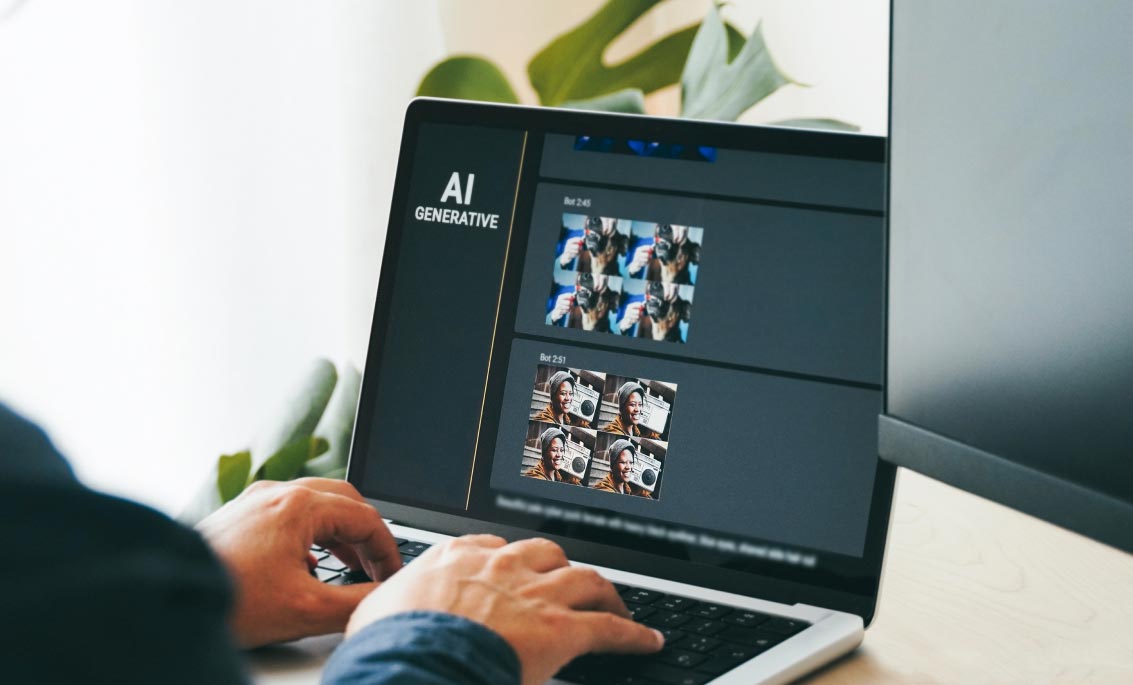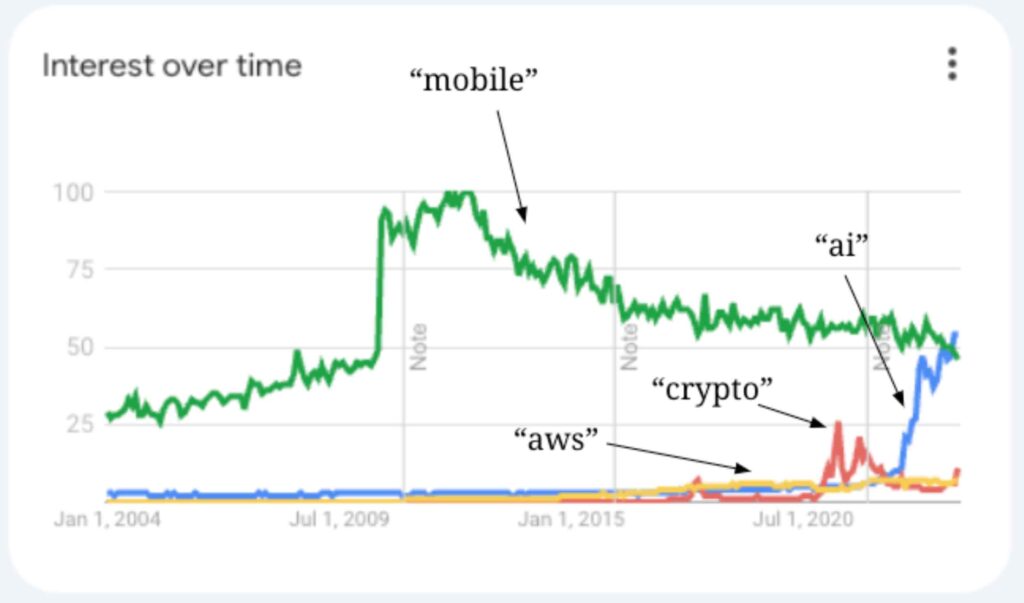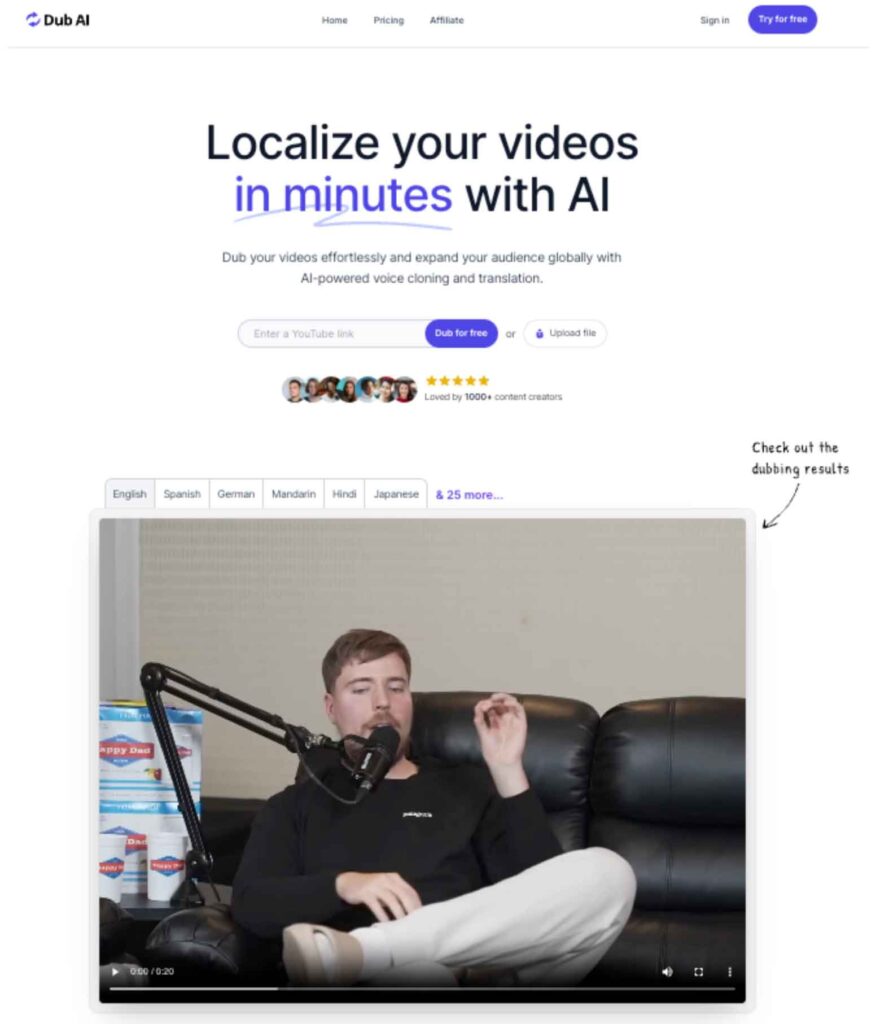How to Implement Generative AI In Your Business

Text, image, and voice-related business processes are where Generative AI will drive the biggest ROI for your organization
The number of questions my consulting practice has gotten related to AI spiked in 2023, and this trend shows no signs of slowing down in 2024 and beyond. Clients in all roles, from sales to engineering, have shown willingness to invest in AI to drive efficiencies in their business.
And rightfully so.
The right use of Generative AI can give your organization a competitive advantage and differentiate you in the market.
Generative AI (GenAI) refers to a subset of artificial intelligence technologies that are capable of generating new content, such as text, images, music, and even code. This differs from traditional AI where the output is typically a decision, prediction, or analysis.
Companies should look at business processes that involve content creation, as that is where the use of GenAI will bring the most ROI. Focus on these three areas: design, text-heavy, and voice related tasks.

Note AI’s surge in popularity in Google trends. It is currently at twice the peak of crypto in 2021, and has even surpassed interest in mobile recently.
AI for Image-Based Processes
Recently, a construction company from South Dakota reached out to my consultancy to speed up their design process during sales cycles using GenAI.
They had a sales team that created renderings of buildings for clients. But the process was time-consuming, taking as long as 3 weeks for a single design iteration. Long delays impacted their ability to close opportunities. The longer it took to finalize a deal, the greater the risk it never went through at all.
Within two weeks, we were able to audit their business processes and train their team on the use of GenAI imaging tools. We reduced their time from sketch to render from three weeks to just a few hours.

Example of how AI can turn a sketch into a render in seconds.
The training also reduced their dependency on their in-house designer, who was already overwhelmed, as the sales representatives could handle small design requests themselves using GenAI tools.
But the real value was that this transformation didn’t involve the use of custom-built software. Knowing the landscape of AI tools and when to use each tool was enough to unlock the value of GenAI. With AI tools like Adobe Generative Fill, Midjourney, and Dall-E costing less than $50/month, it was an easy decision for them to embrace AI.
As the construction client discovered, GenAI can transform any design processes involving photography, renderings, and edits. Instead of having to manually recreate scenes, it’s possible to have AI generate and modify existing images, saving time and labor costs.
Using AI for Brainstorming and Inspiration
One advantageous time to leverage AI is in the brainstorming or initial phases of a design process. A typical design process might start with a blank slate with designers searching for inspiration. This could normally take days as they go through inspiration lists, mood boards, and mock up prototypes.
But with AI, it’s possible to input a prompt into tools like Midjourney or Dall-E and have it generate variations of a concept for you in seconds. Once you find a variation you like, you can use that as a base for the rest of your design work.

Example of how a designer can iterate on a landing page design with GenAI
This type of image creation from a blank slate is a game-changer for marketing teams as well. For example, if your business runs a newsletter or blog, you can use AI to generate thumbnails and photos for the article to make it more engaging.
On social media platforms like LinkedIn, you can use generative AI to pair your text posts with images to enhance its engagement, visibility, and reach. Using GenAI for content marketing has the added benefit of typically giving you full license to use the photos you generate with its tools, thus eliminating any potential copyright infringement issues.
Using AI for Image Edits
Another example where GenAI has outsized impact is with image editing. It’s relatively easy to highlight a portion of a photo, input a prompt, and have AI generate the edits for you. As the construction client found, this makes it easy for non-designers to make quick edits and optimize a designer’s workload to focus on higher-value projects.
In the real estate sector, where visuals can make a big impact on transaction activity, GenAI has a strong use case. In listing photos, for example, using AI, you can take a picture of a blank room and furnish it or remove clutter using AI, both of which can help potential buyers envision what their property will look like.
This significantly reduces staging and photography costs, and has a direct effect on how long a listing stays on the market. A 2013 study by Redfin found that homes listed above $400,000 with professional listing photos sold as much as three weeks faster. AI can unlock this value for you in seconds.

Example photos of rooms staged using AI (source)
This also has applications for corporate branding. Instead of hiring a photographer to do company-wide professional headshots, with AI headshot tools, you can upload pictures of employees, and the tool will automatically generate professional looking headshots, with wrinkles and flaws removed, and consistent backgrounds and color schemes. It’s no wonder that companies like Hubspot, Shopify and eBay have embraced using AI tools for headshots.

Example headshots generated using AI (source)
Using AI for OCR
Lastly, AI has tremendous potential for OCR type use cases. OCR stands for optical character recognition, and refers to any task where you have to recognize text, symbols, or objects in images. Open AI released API’s that combine OCR with GenAI, such that you can ask questions about images to extract information from them in automated fashion.
Some use cases where this is particularly valuable are in professional services work like finance, accounting, and legal. When handling high volumes of paperwork and extracting information, for example, pulling values off of scanned receipts, or ensuring an expense hasn’t been entered twice, or finding specific information in contracts, OCR enabled by GenAI can eliminate human errors and locate, extract, and summarize information faster.

Note how AI is able to recognize symbols, numbers, and abbreviations from an image, regardless of its placement in the image.
Another example where OCR combined with AI has added value is with security and surveillance. An engineering firm in Asia reached out to me to discuss developing analytics software to detect oil spill events from real-time video (CCTV) footage.
Using GenAI, it’s possible to take snapshots of the footage, run it through ChatGPT, and have it rate the likelihood of there being an oil spill in the photo. This helps the client detect spills before they spread, and allows them to increase their reaction time and mitigate the scope of the environmental damage if such an event were to occur.
Streamlining Text-Based Processes
Of AI’s biggest strengths, and the advancements we’ve witnessed most recently, is its ability to handle text. Large language models (or LLM’s) like ChatGPT have been trained on vast amounts of text, giving it an encyclopedic knowledge and the ability to produce cohesive text responses in response to questions. Below are several methods to utilize AI to enhance text-based business processes.
Using AI for Classification Tasks
One of the areas where I’ve seen the greatest return from using GenAI is with classification tasks. For example, given a piece of text, you can ask AI to determine what folder it should go to, or who this request should be routed to.
This is particularly valuable for managing emails. Some industries, like venture capital or real estate, heavily rely on email communication, but the sheer volume of emails they deal with makes it easy for individuals to miss important messages. AI can scan each email, classify it, and route it to the appropriate folder for future processing.
Another type of classification task where GenAI brings outsized returns is sentiment analysis. This means using AI to understand the tone of any piece of content and taking action on it, which is particularly useful for stock traders.
For example, I’ve seen projects where crypto traders wanted to build AI integrated software to analyze the sentiment of influencers’ tweets and posts regarding certain tokens and track how their posts affected token prices. This allows them to make more informed decisions around which influencers to spend their marketing dollars on.

Example project of a trader wanting to use AI to gain a competitive edge
AI for Enterprise Knowledge Management
Another example where ChatGPT can deliver outsized impact is when implemented as a search engine to manage the vast amount of content that your organization generates.
ChatGPT can be trained on your own proprietary data. An obvious use case for this is in customer service. Leveraging AI in internal and external-facing contexts can help customers navigate support docs faster, thus leading to faster resolution times and reduced operational burden on call centers.
Another example is its use on top of databases. In a recent example, an insurance company I worked with offered a directory of different carriers and brokers for employers, and wanted to implement a ChatGPT-based search on top of this database. Their goal was to use AI so that clients could ask questions about the different options using natural language.
GenAI translated questions like “List the top brokers in California” into SQL queries that they could run on their database, thus helping customers make better sense of all of their insurance options.
AI for Voice-Based Processes
The last area where GenAI can bring a large ROI is in generating realistic, versatile, and contextually-aware AI audio. Given a piece of text, AI now allows for the generation of speech in hundreds of voices across dozens of languages in a matter of seconds. This has the potential to transform any voice-based processes in your business.
For example, media companies are beginning to use AI for audiobook recordings. By feeding in a transcript, they can then choose what type of voice they want, and AI will automatically narrate their content, thus reducing recording time from days to minutes.
Similarly, AI voices are useful for translations. An Edtech company that produces educational videos reached out to me to build tooling to use AI to generate translated SRT files (subtitles) for their videos.
The use of AI in this case reduced the amount of tedious transcription and formatting, as AI could handle all of it automatically. The translations it generated also were more accurate as it was context-aware.
AI dubbing technologies are also gaining more widespread adoption. Several dubbing tools now exist on the market, like trydub.com, where you can input a link or video and have a newly dubbed video in just minutes.

Homepage of trydub.com, an AI-enabled dubbing tool that localizes video in minutes
Final Thoughts
If you’re looking to implement AI, start by looking in areas in your business that involve text-based, image-based, and voice-based processes. These are the areas where implementing AI will yield the highest ROI for your organization.
Meet the Author

Michael Lin is the founder and CEO of All-In Consulting, an AI implementation consultancy. He helps clients build AI-integrated software, internal tooling, and training on the use of AI.
Previously, he was a Senior Software Engineer at Netflix and Amazon. He also had a successful exit with his previous SaaS business, RecordJoy, on acquire.com in 2022. He holds degrees in Electrical Engineering and Computer Science from UC Berkeley, and is a National Master in Chess.
Find digital transformation and AI Experts
Welcome to the Era Catalant Calls Consulting 2.0
It’s a modern, digitally-enabled approach to solving complex business problems, giving leaders (even those outside of the C-suite) direct access through Catalant’s technology platform to the expertise of business professionals who have solved their exact problems before.